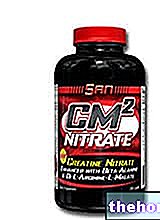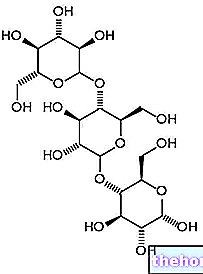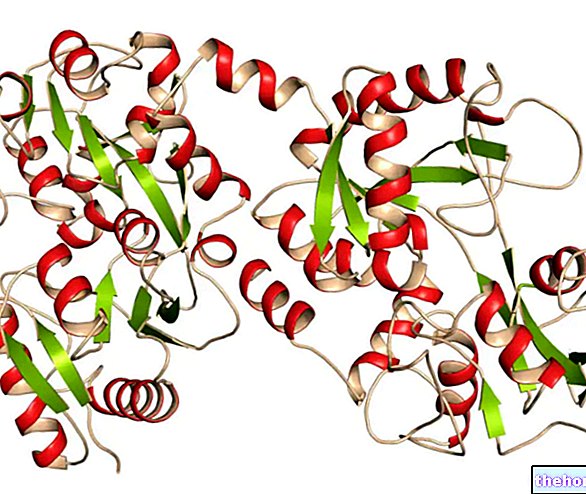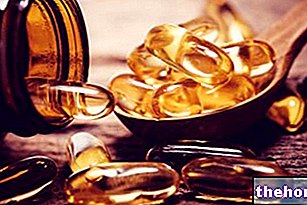Energy bars are created to satisfy:
- a medium / high caloric requirement with a "high digestibility
- the need for high shelf life
- the need for maximum ease of use.

Generally, the energy bars have a sweet taste (also with regard to the "high PERCENTAGE content of carbohydrates), with a low content of fats and proteins. As the name implies, the energy bars have the function of BRINGING energy, therefore they must not be confused with other similar but essentially different supplements (eg. protein bars). Energy bars are frequently used in sports thanks to the practicality of use and the relative characteristic of high digestibility (essential in snacks and in integration during performance .
For further information: Protein Bars: What is there to Know? o dextrose equivalence; this characteristic is fundamental for their integrative function as, by varying the nature of the carbohydrates contained in them, it is possible to obtain a RAPID but CONTINUOUS glycemic recovery. Let's see why ...
... brief parenthesis on the speed of digestion and absorption of carbon hydrates
There are various types of sugars, which can be classified by their chemical characteristics and complexity; carbohydrates can enter the circulation more or less quickly according to the digestibility and availability of use by the body. The most digestible ones are simple (monosaccharides [which do not require any enzymatic hydrolysis], disaccharides etc. ... up to 10 units). On the other hand, muscle cells can EFFECTIVELY consume only glucose, while fructose and galactose must first be processed by the liver. Taking practical examples, the carbohydrate with the highest glycemic index is glucose (or dextrose), followed by its polymers (such as maltose and maltodextrins), then sucrose (disaccharide composed of 50% glucose and 50% fructose), lactose (disaccharide composed of 50% glucose and 50% galactose) and follow fructose and galactose.
The speed of blood sugar rise is measurable with the glycemic index or dextrose equivalence and has various applications, including the choice of the most suitable sugars for the athlete's effort. Before and during long-lasting performance it is essential to keep blood sugar constant and, to do this, it would be important to consume sugars with a LOW glycemic index; on the contrary, at the end of the race (and immediately after) it is more suitable to consume carbohydrate sources with a high glycemic index to increase energy availability in view of the final sprint and favor the restoration of body sugar reserves (see anabolic window).
Ultimately, the mixed composition of carbohydrates relating to the energy bars satisfies in a sufficient manner both "one and the other" need but with intermediate effects in both cases.
Long Lasting Energy Bars - Slow Absorption
Problems with playing the video? Reload the video from youtube.
- Go to the Video Page
- Go to the Video Recipes Section
- Watch the video on youtube
Summarizing and integrating what has been said so far, it is possible to state that energy bars can be used for:
- Providing energy before performance
- Providing energy during performance
- Promote energy recovery after performance
- Induce a good insulin response to support creatine and protein supplementation
Although not as digestible as a drink or a gel, the energy bars can be consumed with a certain freedom both before and during the performance, while to promote recovery it is quite important that they are taken in the immediate POST exercise.
It is estimated that (on average) every 30g of energy bars, the effort can be continued for about 90 minutes ... even if this statement does NOT take into account all aspects of dehydration, saline imbalance or deficiency and systemic fatigue. It should also be remembered that energy bars are to be considered food with a high energy density, therefore their systematic consumption should be limited exclusively to the sports field.




























